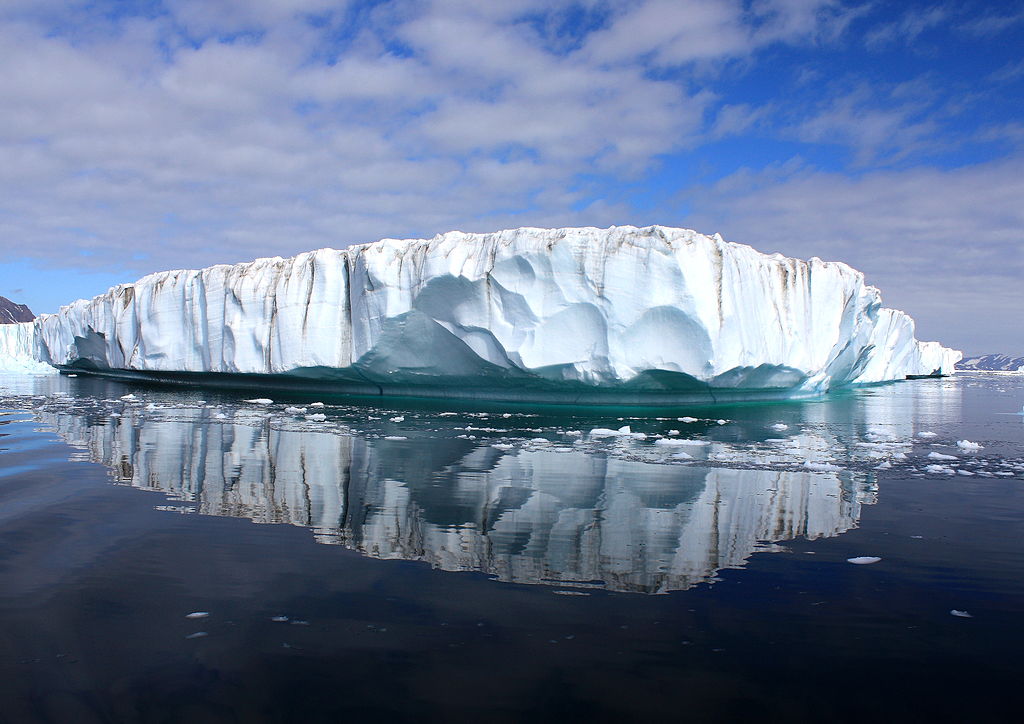The Laka Glacier is a massive iceberg that’s been stuck in the ocean for roughly 10,000 years. It’s so large and heavy that it’s been slowly moving towards Peruvian coast for years. But this isn’t the only thing unusual about this iceberg. The Laka Glacier is also a unique example of an ancient iceberg catapulting off the coast of Peru. This natural phenomenon has been documented by scientists for over a century, but it has never been seen so clearly before thanks to satellite imagery. So what does this mean? Well, for one thing, it means that the Laka Glacier is an incredible snapshot of how Earth’s climate has changed over time. And it also means that we need to be more vigilant about preserving our environment—both now and in the future.
The Laka Glacier
The Laka Glacier is one of the longest and most prominent glaciers in Peru. It’s estimated to be over 2,000 years old, and is located on the coast of the Pacific Ocean. The glacier has been slowly receding for many years, but it’s still an important part of the Peruvian landscape.
The Laka Glacier is a formidable sight. It towers over the surrounding landscape, snaking its way down the mountainside. It’s estimated that the glacier covers over 800 square kilometers, and it’s mostly made up of ice blocks that are up to 12 meters tall and 50 meters wide.
The Laka Glacier is also an important source of water for locals. It provides them with clean water, and it also helps to cool down the area during summertime. In addition, tourism is a major industry in Peru based on glacier activities like skiing and mountaineering. So far, there have been no serious incidents associated with the glacier, but it’s always important to monitor it closely because things can change quickly in this type of environment
How the Laka Glacier forms
The Laka Glacier is a long and thin glacier that flows off the coast of Peru. The glacier is over 2,000 feet wide and up to 1,000 feet deep. The glacier dates back to the last ice age, when it was part of an larger iceberg. Today, the Laka Glacier is melting rapidly due to increased temperatures and rainstorms. In the past, the Laka Glaciers has been known to calve large icebergs that float down the coast.
What is the Laka Glacier used for?
The Laka Glacier is a massive iceberg that towers over the coast of Peru. The glacier is more than 2,000 feet high and extends for more than 24 miles. The glacier was once part of an enormous iceberg that was floating in the ocean. But over time, the iceberg slowly melted due to climate change. Now, only a small portion of the original iceberg remains.
The Laka Glacier is still an important source of water for residents living near the coast. It helps to provide fresh water for farms and villages, and it also provides valuable ice for scientists and tourists who visit Peru every year.
The Laka Glacier and Climate Change
The Laka Glacier is one of the largest glaciers in South America, and it has been shrinking for the past few decades. The glacier is fed by meltwater from the Andes Mountains and it drains into the Amazon River near Iquitos. With climate change, this glacier could disappear completely in a relatively short amount of time.
The Laka Glaciers is an important part of the global water cycle. It helps to balance out regional water supplies and it also contributes to sea level rise. If the glacier were to disappear, it would have a big impact on the region. The loss of this glacier would cause problems for local farmers, who rely on irrigation from the river. Additionally, climate change could lead to more extreme weather events in Peru, including more floods and droughts.
There are a number of things that can be done to help protect the Laka Glaciers. Governments and businesses can work together to install new irrigation systems or create new rainforest reserves. Individuals can also make donations to organizations that are working to protect glaciers around the world.
Conclusion
As the sun began to set on our journey up the Laka Glacier, we could see the iceberg towering above us. This ancient iceberg is a testament to how much ice can still be found in Antarctica, and it was an awe-inspiring sight to behold. We stopped at various points along the way to take pictures and capture video of this incredible glacier, and I am so grateful that we were able to experience it. If you’re ever in Peru and want to go hiking or skiing in some of the most beautiful scenery on Earth, make sure to check out the Laka Glaciers!
